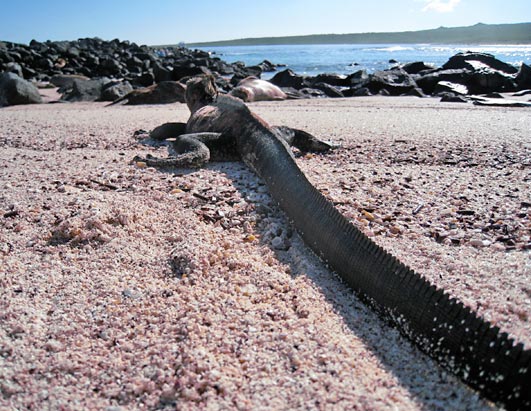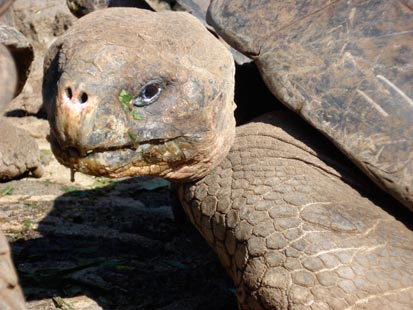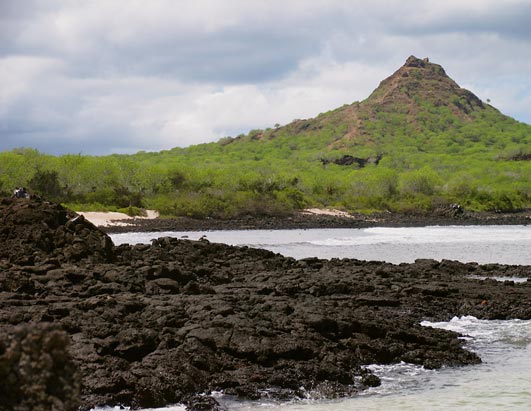Inside Darwin's Secret Notebooks
By KI MAE HEUSSNER
Feb. 6, 2009
He wasn't a mathematician. He wasn't an inventor. He was just a 20-something guy who liked to poke around in the dirt.
Yet, Charles Darwin developed a theory of evolution so significant that it forms the bedrock of biology, and so radical it is still controversial in some circles today.
In 1859, when he was 50, Darwin published "On the Origin of Species," the work that outlined the theory of natural selection and left every high-schooler hankering for a trip to the Galapagos Islands.
But he was only 22 when he began the five-year adventure that led him to his legacy.
How did such a young man come up with such a pioneering proposition?
"What an astonishing thing it was," Armand Leroi, an evolution expert at Imperial College London, told ABCNews.com. "He was a young man -- a very young man -- and yet he has a superb eye and begins to question the explanations he's received for why the world was the way it was."
On Feb. 12, the world will celebrate the 200th birthday of the "father of evolution," and to commemorate the occasion, Leroi and the National Geographic Channel retraced Darwin's famed voyage on the HMS Beagle. Using Darwin's diary and countless notebooks as guides, they traveled from South America to the South Pacific, then to the Galapagos Islands and beyond to replicate the journey that inspired Darwin's seminal work.

They discovered that the story often repeated around the dinner table isn't entirely true.
The Real Legend of Darwin
The story goes that Darwin traveled to the Galapagos Islands in the Pacific Ocean and then, upon observing the giant tortoises and finches -- eureka! -- arrived upon his theory of evolution.
But, Leroi said, though that version is a satisfying story, it's not true at all.
"It turns out, if you actually read 'The Voyage of the Beagle' … the idea of evolution came to him very gradually," Leroi said.
Darwin spent only five weeks out of five years in the Galapagos Islands and that was toward the end of his transformational journey.

The Inklings of Darwin's Master Theory
Much of Darwin's adventure was spent studying the southern coast of what is today Argentina and Chile.

By comparing the fossils of armadillos and sloths to the living creatures he observed around him, Darwin started to develop what was to become his master theory that species evolve over time.
But still, it took the whole journey -- through the Brazilian rain forest, up the Andes Mountains, across the South American Pampas and to the plains of Patagonia -- for Darwin's theory to actually crystallize.
Even then, realizing the implications of his theory, "he's very tentative about it," Leroi said.
Even as the evidence in support of his theory mounted, it was difficult for him to relinquish the idea that species don't transform. It took longer for him to realize the difference between the scope of human existence and the history of all life on Earth.
"When you see the world through his eyes, you begin to understand. … He notices everything," Leroi told ABCNews.com.
And those incredible powers of observation are what led to his success.
"You and I look at a mountain and we see nice scenery. … Darwin looks at it and he sees a theory, he sees a need for a theory to account for the [mountain]," Leroi said. "This is a mind that never stops working."

(ABCNews)